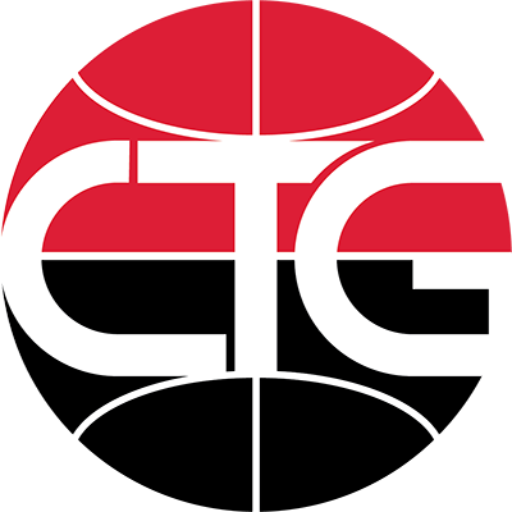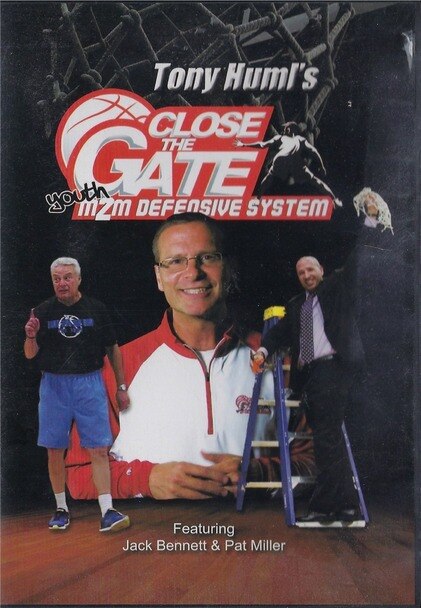It strained friendships. It caused sleepless nights. Worst of all, it stifled my relationship with my son.
The culprit: Coaching Ego.
As an attention-seeking youngest of five, I’ve always been the proverbial “Look what I did Kid”. As a result, too much of my coaching was about looking clever and competent rather than what was best for kids. I’d be lying right now if I said I don’t want to look clever and competent on the hardwood, but that’s made its way further and further down my list of priorities.
Turning Point:
In 2013, I was coaching my son’s sixth grade travel team. In my opinion, he wasn’t one of the top 5 players at the time. While his skills were coming along, he was always the smallest, skinniest kid on the team. He didn’t understand why he wasn’t playing more. And as many dad-coaches may relate, my expectations for him were unfairly more demanding. Needless to say, we weren’t able to keep this between the lines, and the vibe at home was becoming toxic. Finally, my wife sat down with my son and me to address her message: “This must change.”
The mirror was a scary place to go looking. My ego was so big, I couldn’t see my entire forehead. But the searching was fruitful. Expectations for my 11-yr old son…that’s ELEVEN…were that of an 18-year old Freshman in college. Ultimately, I had to ask the BIG WHY – “Why am I coaching?” The answer evolved over time but now my coaching compass is “To help prepare kids for life”…to teach the process of getting better each day. On court intangibles I learned from a slew of impactful coaches, most notably Hall of Famer, Bob Suter of Janesville Craig High School: leadership, work ethic, how to handle losing AND winning, body language, overcoming adversity, teamwork, camaraderie, etc. All crucial life skills not commonly developed in the classroom. Incidentally, I never coached my son’s team again. Our relationship blossomed as a result.
My coaching ego remains, but at least I can see my entire forehead…more wrinkly, but hey. Now, everything I do has a “why”. From concepts to drills, this has proven to be a confidence-building approach, both for me and the players. “Because I said so” wasn’t getting it done; teaching the “why” develops player IQ and “buy in”, in turn fostering purposeful habits. Kids become more confident knowing the team and individual expectations. Personally, I’m more confident as a coach because “whys” allow me to validate decisions…decisions related to practice, game situations, playing time, etc.
The most surprising element is that “whys” empower parents. At the beginning of a season, I welcome parents to be part of the team, offering them suggestions to help build player confidence. I want parents to have a voice. Via email, they are welcome to ask “why” for any decision I make. And if they can offer a “why” that will better benefit kids, I’m all in…that goes for anyone who has a better “why”, from fellow coaches to the local barber. This endears both the parent and player, as the parent will likely tell the player about the positive communication. Face-to-face “whys” are discouraged, however, due to potential emotional discourse. Hopefully it limits undermining comments at home and off-court bickering to fellow parents. I was formerly threatened by any suggestions because I looked at them as questioning my ability. Not anymore. I now embrace them.
Furthermore, “ego shrinkage” has allowed me to transfer school districts, from old to new. Early in my coaching, I was locked in on “old school” fundamentals, shooting mechanics, etc. Over time, the “new school” offered ways to create advantages. Example:
Old School: layups are always shot overhand, never underhand because it’s less controllable and looks like “showboating”
New School: layups are shot overhand when high-jumping (launching from inside the paint), while extended underhand when long-jumping (launching from outside the paint)
The “why” for the new school is because long-jump, extended layups create space from a contesting defender. In the paint, however, underhand would likely doink the bottom of the basket. As this relates to the “BIG WHY?”, it teaches players to be forward thinkers. “Is there a better, more efficient way?”
Life skill development isn’t limited to players only. I feel I’ve become a better parent using “whys”. Rather than “because I said so”, giving my children a “why” cultivates cooperation. Me: “Shorter showers equal smaller water bills. That’s more money to buy you shoes”. Son: “Sweet, can I get the new Kobe’s?”
I’m indebted to you, Ego. You’ve taken me to great places in this life. But it’s time for you to rest. I’ll always be here for you.
What’s your Why?
NOTE: No thesauruses were injured during the writing of this blog 🙂

